Muscle car decals have long been more than just decorative elements; they often held deeper meanings and signified specific attributes or features of the vehicle. From symbolizing raw power to denoting exclusive performance packages, these stickers played a crucial role in the identity of muscle cars. They contributed to the allure and mystique of these high-performance vehicles, leaving a lasting legacy that continues to influence car culture today.
The Golden Era of Muscle Cars

The 1960s and 1970s marked what many consider the golden era of muscle cars in America. During this time, the automotive industry saw a surge of interest in high-performance vehicles, driven by a cultural shift towards speed, freedom, and rebellion. Muscle cars like the Ford Mustang, Chevrolet Camaro, and Dodge Charger became icons, revered for their powerful engines and bold designs. Decals played an integral role in this era, serving as a visual representation of a car’s prowess and brand identity. Manufacturers used these decals not only as a marketing tool but also as a way to communicate the unique characteristics of each model to potential buyers.
The cultural impact of muscle cars was profound. Movies like “Bullitt” and “Vanishing Point,” along with music from bands like The Beach Boys, cemented the image of muscle cars as the epitome of cool. The aesthetics of these cars, emphasized by their decals, contributed to their rebellious image. Decals such as racing stripes or iconic logos became synonymous with the muscle car lifestyle. They were more than just stickers; they were a badge of identity for those who desired freedom and power on the open road.
Iconic Decals and Their Stories

The Pontiac Trans Am’s Firebird logo is a prime example of a decal that transcended its original purpose to become a cultural icon. The Firebird symbolized performance and speed, with its bold, fiery design capturing the imagination of car enthusiasts. The Trans Am gained legendary status, in part due to its prominent appearances in films like “Smokey and the Bandit.” The Firebird decal was not just a branding tool; it was central to the car’s identity and its lasting appeal. For more on the true meaning of the Pontiac Trans Am, it’s worth exploring its intricate history and symbolism.
Similarly, Dodge’s “Scat Pack” and “Super Bee” decals were emblematic of a specific culture within the muscle car community. The Scat Pack Club was a marketing initiative by Dodge, designed to create a sense of belonging among enthusiasts of their high-performance vehicles. The playful yet powerful Super Bee logo became an emblem of Dodge’s muscle car lineup, representing a combination of speed and agility. These decals were more than mere decorations; they were rallying symbols for fans of Dodge muscle cars, encapsulating the spirit of the brand and its commitment to performance.
Decals as Performance Indicators
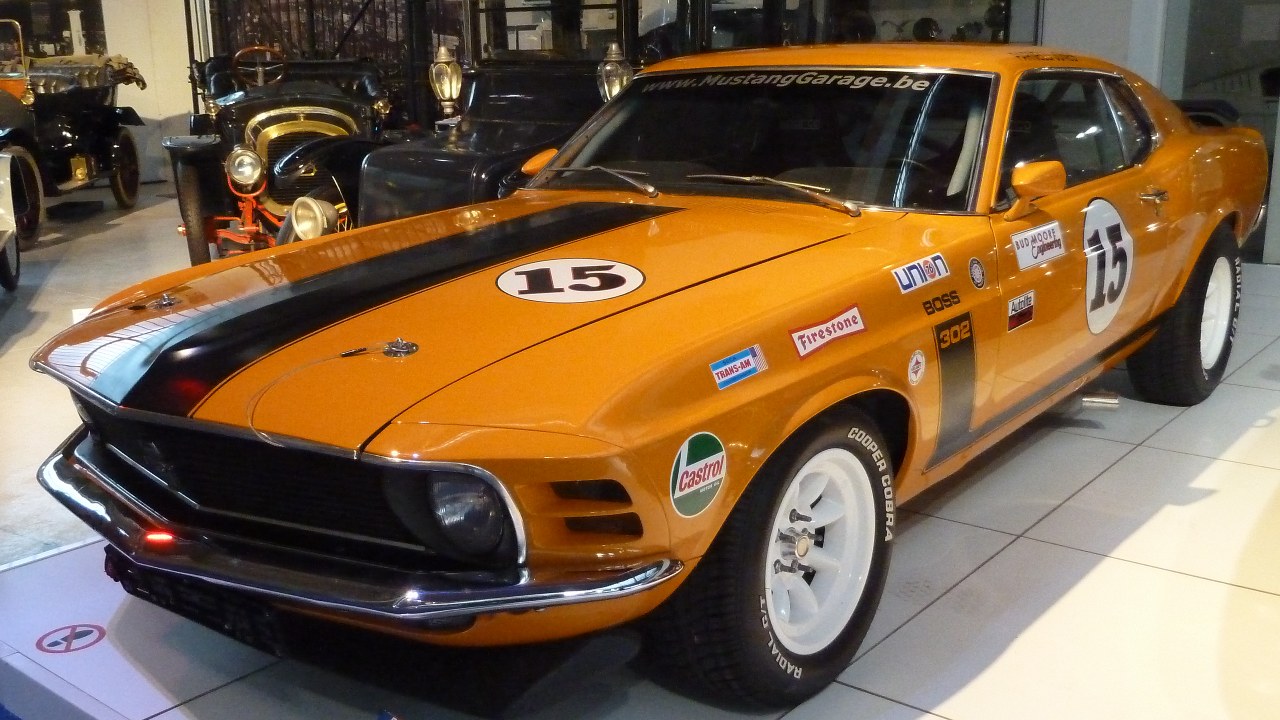
In the world of muscle cars, decals were often used as indicators of specific engine types or performance packages. For example, the “Boss 302” and “Hemi” decals on Ford and Dodge vehicles, respectively, signified the presence of high-performance engines under the hood. These decals served as a visual cue to enthusiasts and collectors, highlighting the car’s capabilities and distinguishing it from standard models. The use of such decals was a clever marketing strategy, allowing manufacturers to emphasize the unique features of their vehicles in a subtle yet effective manner.
Decals also played a significant role in advertising the speed and power of muscle cars. Manufacturers used them to attract a target demographic that was passionate about performance. The strategic placement of decals on a car’s exterior allowed companies to showcase their vehicles’ capabilities without needing to spell it out explicitly. This approach was not only effective in boosting sales but also in fostering a sense of community among muscle car enthusiasts who recognized and appreciated these performance indicators.
Modern Interpretations and Collectibility
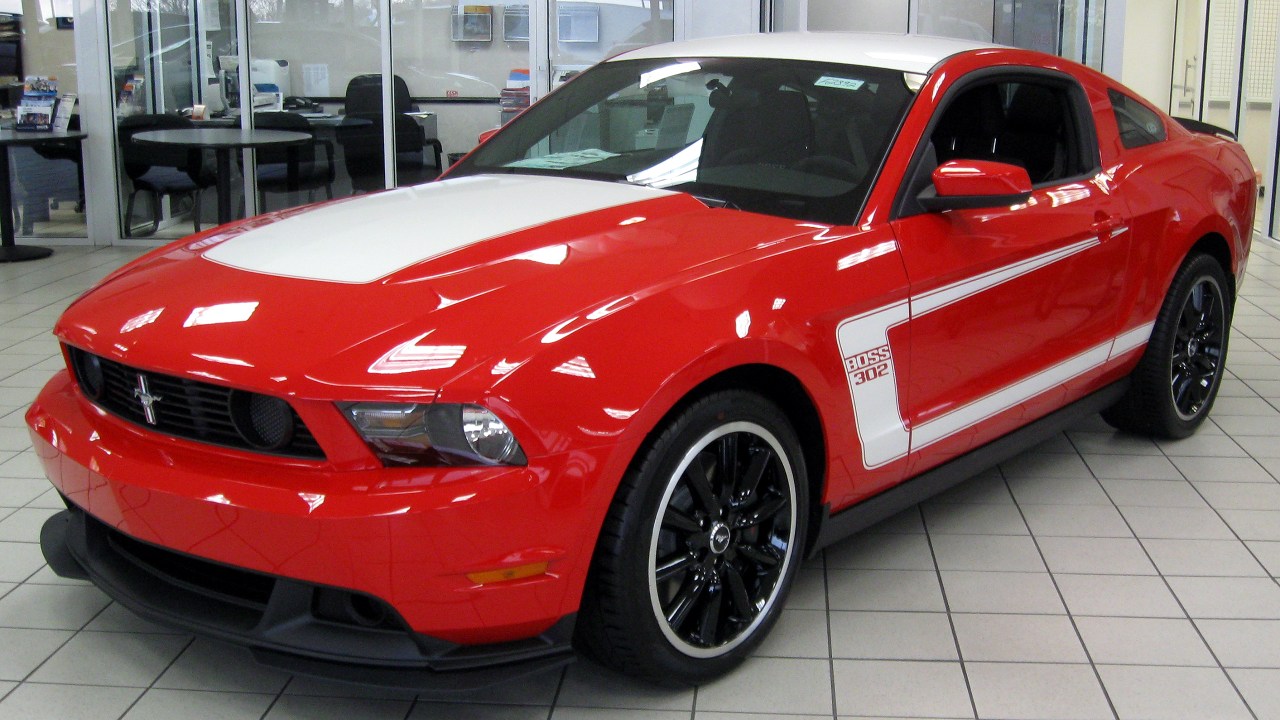
Today, there is a resurgence of interest in muscle car decals, fueled by nostalgia and a renewed appreciation for classic car culture. Modern enthusiasts often use decals to pay homage to the glory days of muscle cars, adorning their vehicles with vintage designs or contemporary interpretations of iconic logos. This trend is evident in the growing market for muscle car vinyl stickers, where enthusiasts can find a wide array of designs that celebrate the legacy of these legendary vehicles.
The collectible value of original muscle car decals has also seen a significant rise. Authentic vintage decals are highly sought after by collectors, with factors such as rarity, condition, and historical significance influencing their desirability and pricing. For those interested in starting or expanding a collection, platforms like eBay offer a marketplace for finding rare and unique decals. Collectors are advised to focus on sourcing decals that are well-preserved and to take care when handling them to maintain their condition and value.
The Legacy of Muscle Car Decals
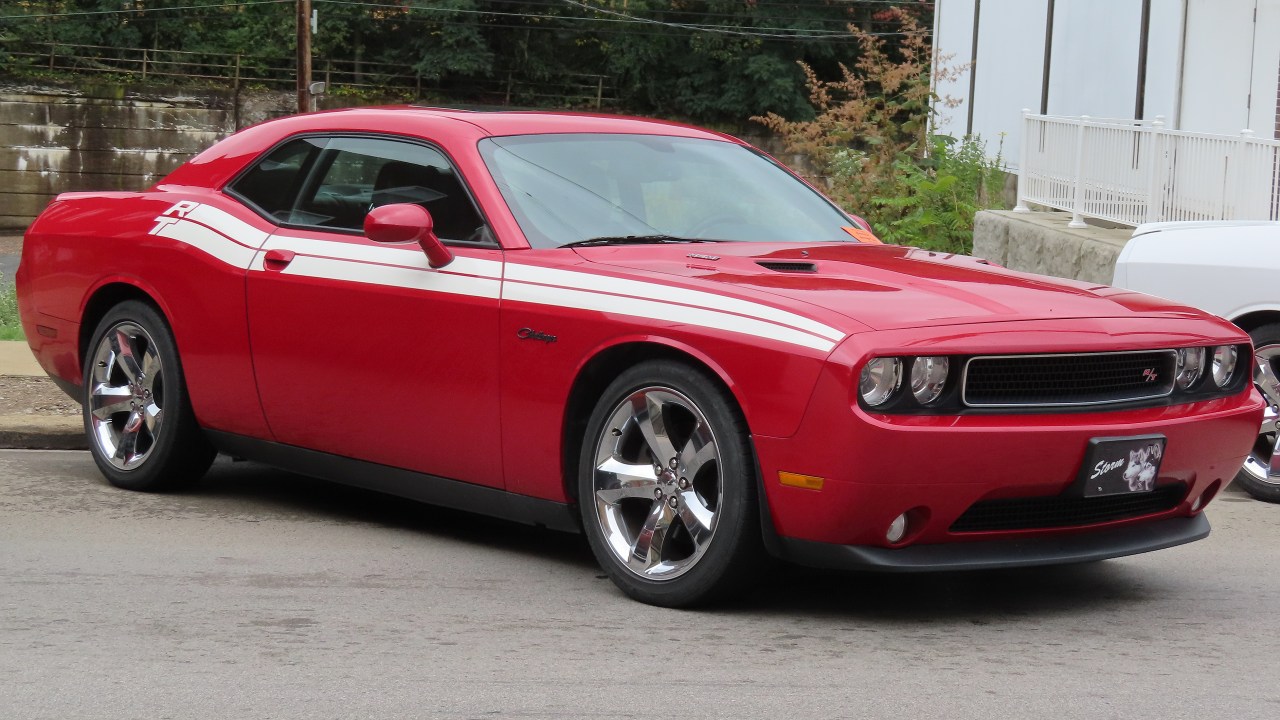
The fascination with muscle car aesthetics endures, as these vehicles continue to influence automotive design and culture. Decals remain a vital part of this legacy, serving as a bridge between the past and present. They not only preserve the history of muscle cars but also inspire new generations of car enthusiasts to explore the rich heritage of these iconic vehicles.
Looking to the future, decals are expected to play a significant role in automotive customization. Emerging trends in decal design may bring new innovations to the industry, blending modern technology with classic styles. However, there remains a delicate balance between embracing innovation and honoring tradition. As the automotive world evolves, decals will likely continue to be a cherished aspect of car culture, symbolizing both the heritage and the future of muscle cars. For those interested in the broader cultural significance of muscle cars, a deep dive into resources like this detailed study can provide valuable insights.
Like Fast Lane Only’s content? Be sure to follow us.
Here’s more from us:
*Created with AI assistance and editor review.

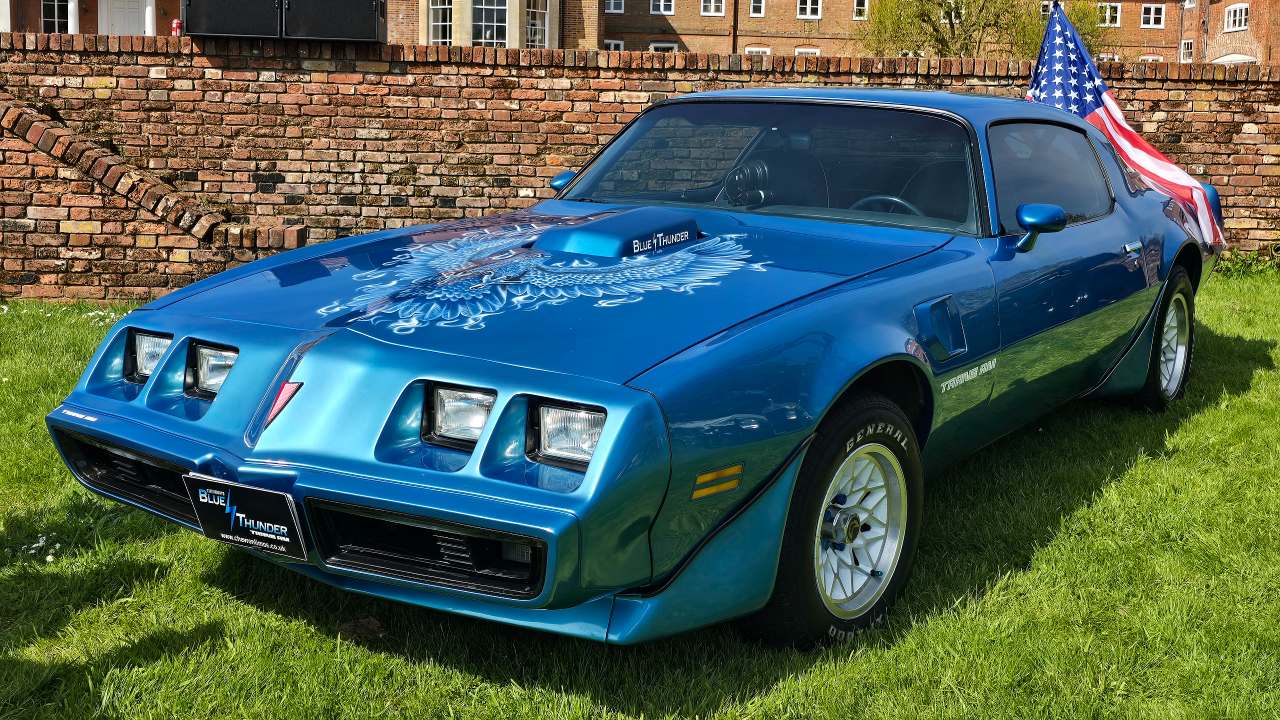


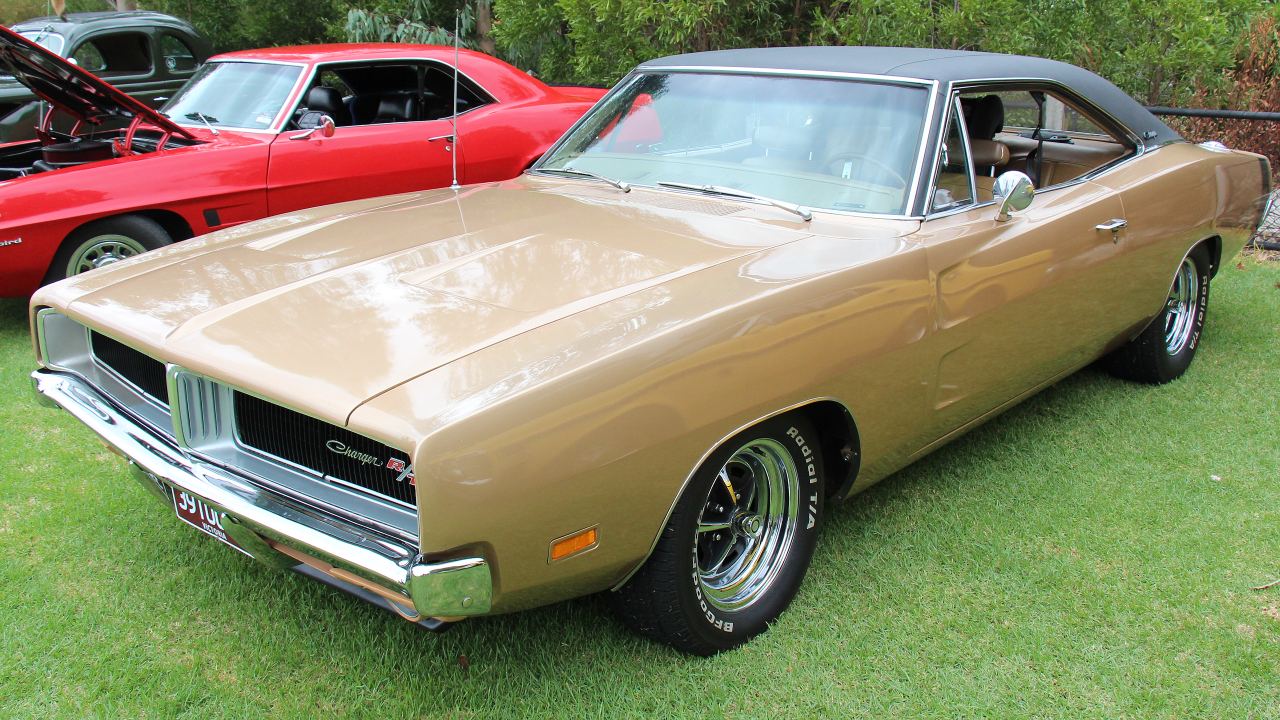


Leave a Reply